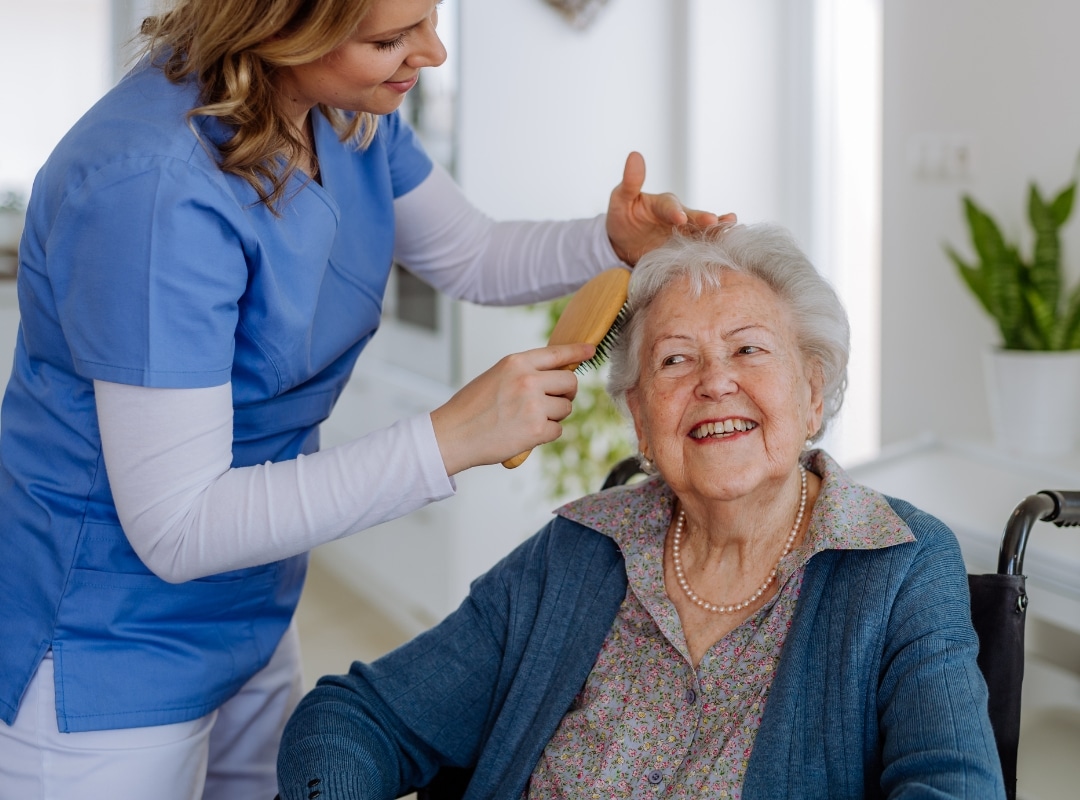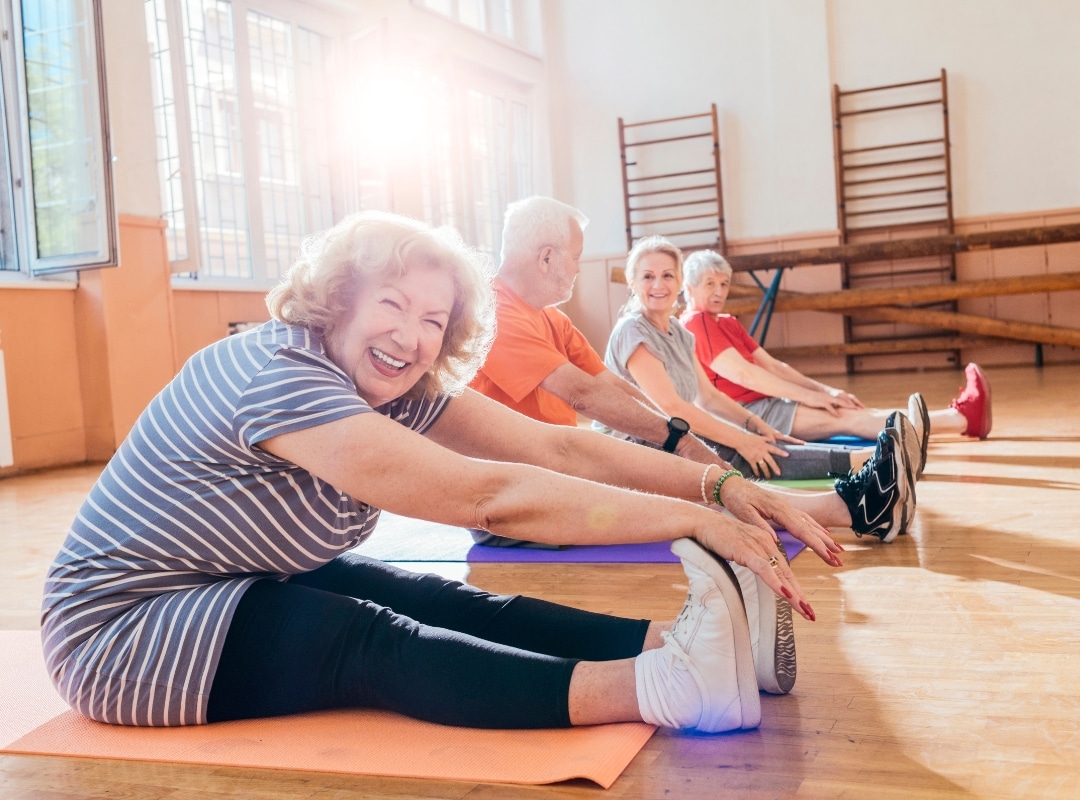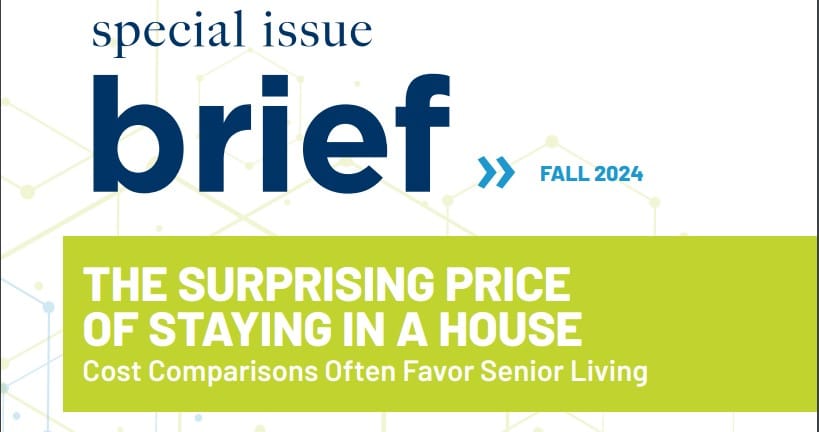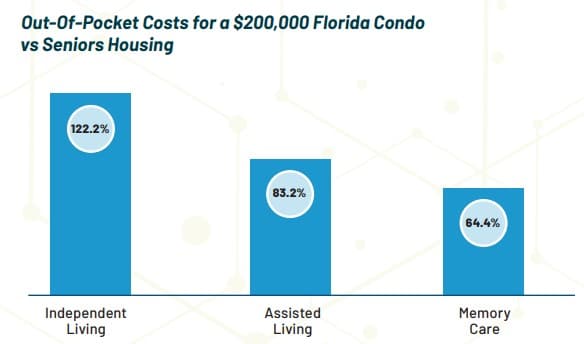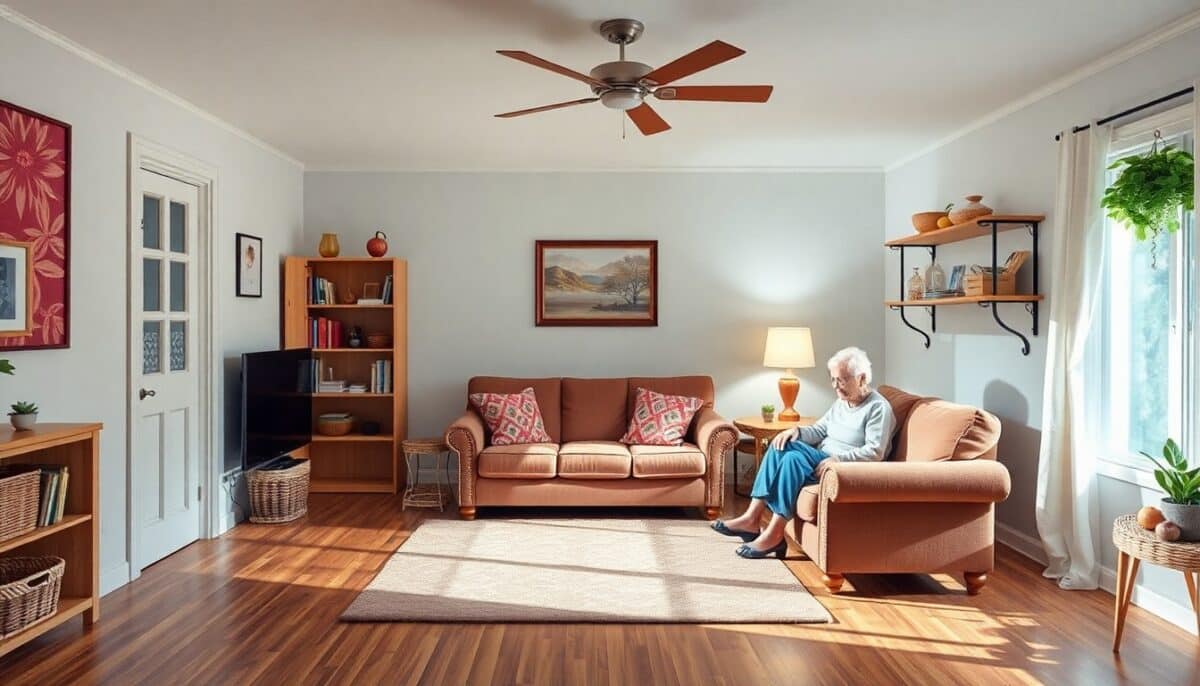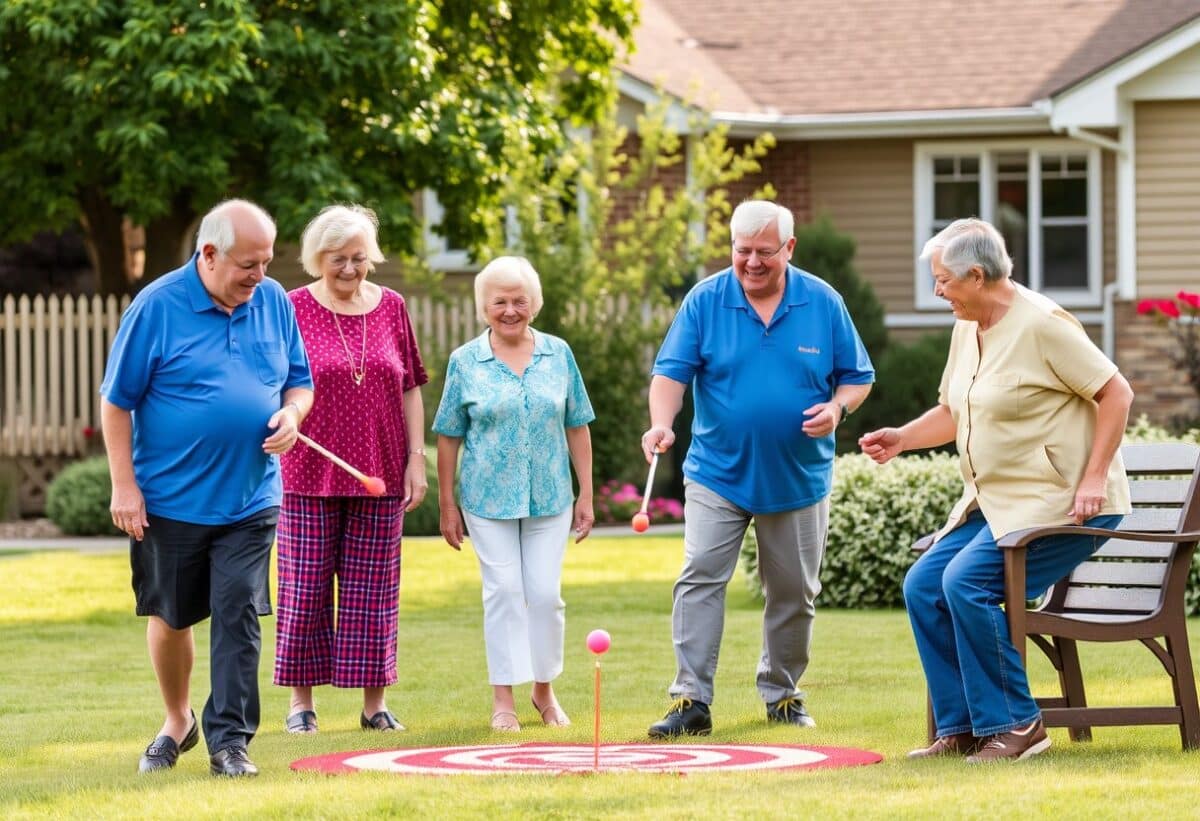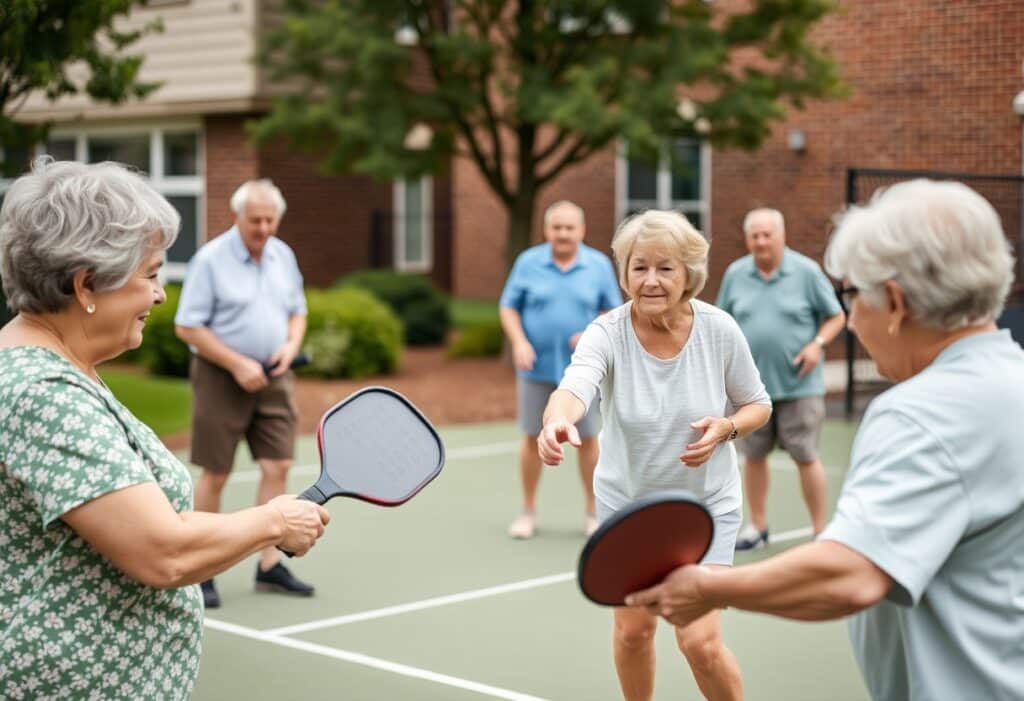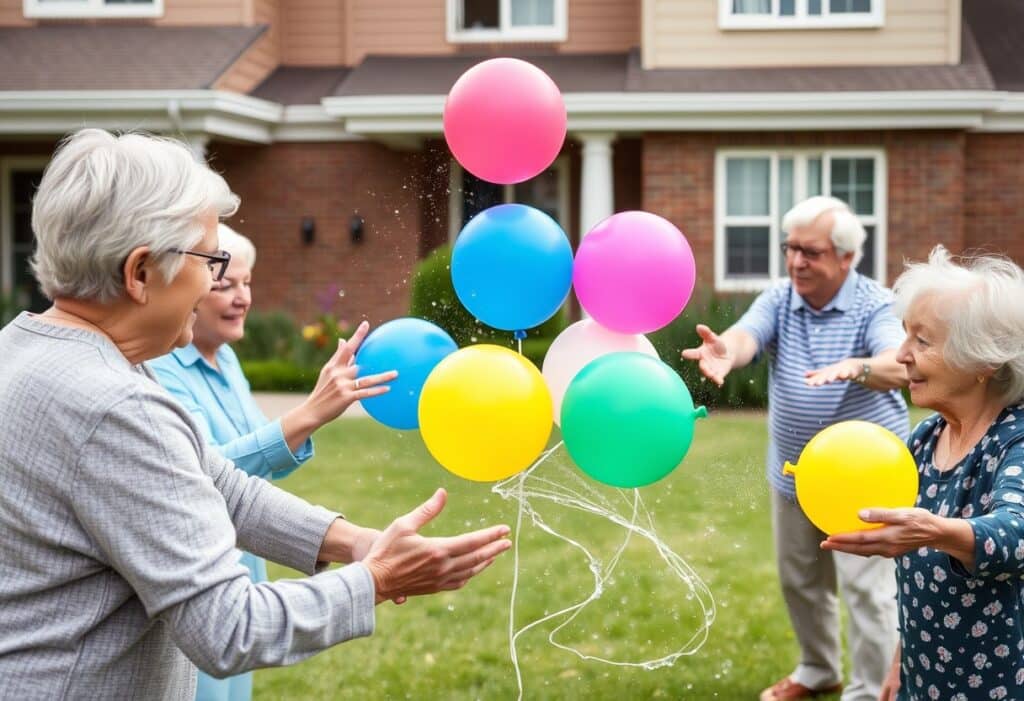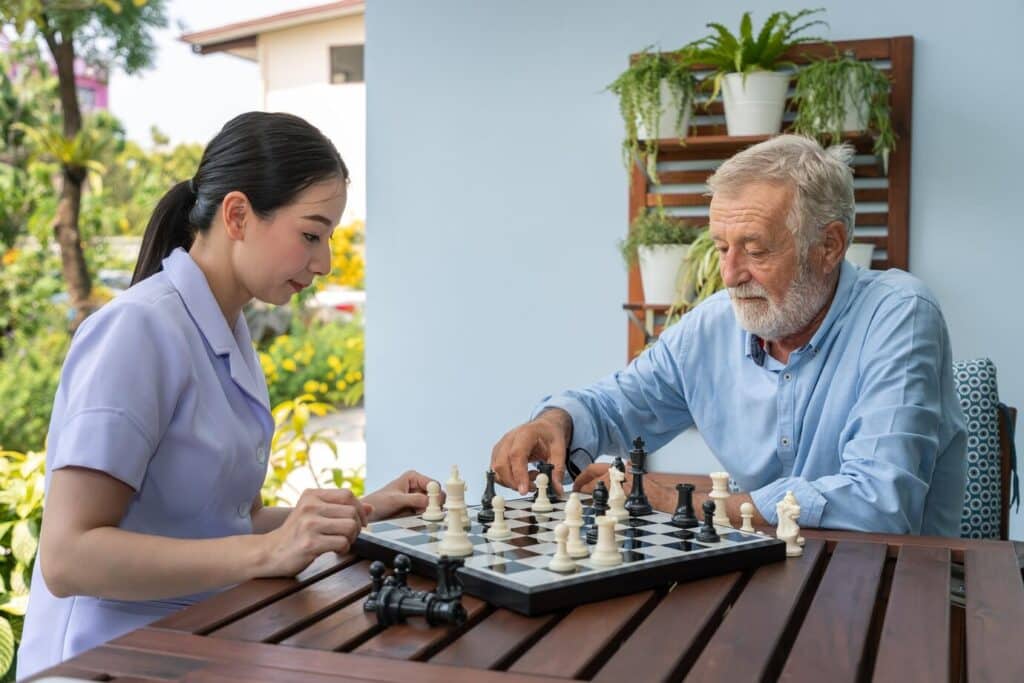Elder Caregiving Tips: 7 Essential
Caring for an elderly loved one involves essential elder caregiving tips to ensure their safety and well-being.
Install grab bars and non-slip rugs to prevent falls, and improve lighting to avoid accidents.
Create routines aligned with preferences, personalize their living space, and spend quality time engaging in activities they enjoy.
Practice active listening, pay attention to nonverbal cues, and maintain eye contact for effective communication.
Incorporate relaxation techniques, practice self-care, and utilize coping skills for stress management.
Regularly monitor health status, use remote monitoring technology, and stay updated on changes in health.
Seeking support from others and prioritizing self-care are key.
Key Takeaways
- Establish a caregiving routine for consistency and predictability.
- Seek support from family, friends, or caregiver groups.
- Prioritize self-care to prevent burnout and maintain well-being.
- Stay organized with medication management and healthcare appointments.
- Effective communication with healthcare providers and other caregivers is crucial.
Safety Measures
When providing care for an elderly loved one, guaranteeing their safety should be a top priority. Making necessary home modifications is essential to create a safe environment for them. Consider installing grab bars in the bathroom, adding non-slip rugs, and improving lighting to prevent falls. These simple adjustments can greatly reduce the risk of accidents and injuries.
Emergency planning is another crucial aspect of guaranteeing your loved one’s safety. Develop a clear emergency plan in case of medical issues or natural disasters. Keep important contacts, medications, and medical history easily accessible.
It’s also advisable to have a backup power source, like a generator, to ensure essential medical equipment continues to function during power outages.
Comfortable Environment
Establishing a comfortable environment is essential to safeguarding your elderly loved one’s well-being and overall quality of life. Start by setting up routines that align with their preferences and needs. Consistency in daily activities can offer a sense of security and stability.
Additionally, make sure their living space is personalized to cater to their comfort. Showcase cherished items, arrange furniture for easy navigation, and consider their favorite colors or decor.
Creating a comfortable environment goes beyond physical aspects. Emotional support and companionship play an important role in promoting well-being. Spend quality time engaging in activities they enjoy, such as reading together or walking. Encourage open communication to address any concerns or preferences they may have.
Effective Communication
Establishing effective communication with your elderly loved one is key to understanding and meeting their needs. Active listening plays a crucial role in this process. You can create a supportive environment where they feel heard and valued by giving your full attention, maintaining eye contact, and showing genuine interest in what they’ve to say.
Nonverbal cues are also vital in effective communication. Pay attention to their body language, facial expressions, and gestures to understand their feelings and emotions better. Sometimes, what’s left unsaid can provide valuable insights into their needs and concerns.
Stress Management
Managing stress is important in elder caregiving. Caring for elderly loved ones can be emotionally and physically demanding, making it pivotal to prioritize one’s well-being. Incorporating relaxation techniques and mindfulness practices into one’s daily routine can help alleviate stress.
Simple activities like deep breathing exercises, meditation, or gentle yoga can promote a sense of calm and relaxation.
Self-care strategies are essential for maintaining your own health while caregiving for others. Remember to set aside time for yourself, engage in activities you enjoy, and seek support from friends or a support group.
Coping skills such as journaling, talking to a therapist, or practicing gratitude can also help manage stress levels.
Health Monitoring
Amidst the responsibilities of elder caregiving, monitoring the health of your loved ones is an integral aspect of ensuring their well-being and quality of life. Regular check-ins are vital to staying updated on any changes in their health status. Make it a habit to have conversations about their feelings, any symptoms they may be experiencing, and if they’re keeping up with their medications.
Additionally, utilizing remote monitoring technology, such as smartwatches or health apps, can provide real-time data and alerts if there are any concerning changes in their health. The Ultimate Guide To Understanding Senior Whole Health Plans.
Social Engagement
Encouraging social engagement is essential for the overall well-being of the elderly in your care. Participating in community activities or spending time with friends can combat feelings of isolation and loneliness. Consider incorporating activities that foster connections with others to enhance their quality of life.
Importance of Socialization
Engaging in social activities is integral to providing holistic care for elders. Socialization is pivotal in maintaining mental and emotional well-being as individuals age. By encouraging elders to participate in social clubs and volunteer opportunities, caregivers can help combat feelings of loneliness and isolation. These activities provide opportunities for elders to connect with others, share experiences, and build meaningful relationships, ultimately enhancing their overall quality of life.
To highlight the benefits of socialization, consider the following:
| Benefits of Socialization | Examples |
| Reduces feelings of isolation | Joining a nearby senior center |
| Promotes mental stimulation | Engaging in book clubs |
| Enhances emotional well-being | Contributing at a community garden |
| Fosters a sense of belonging | Joining in religious gatherings |
Community Involvement Benefits
Within the field of elder caregiving, community involvement benefits play a crucial role in fostering social engagement. Engaging in volunteer opportunities and participating in support groups can greatly enhance the well-being of the elderly individuals under your care. Here are some ways community involvement can benefit both the seniors and yourself:
- Volunteer Opportunities: Encouraging the elderly to volunteer can provide a sense of purpose and fulfillment, boosting their self-esteem and mental well-being.
- Support Groups: Joining support groups can offer emotional support, a sense of belonging, and opportunities to share experiences with others facing similar challenges.
- Increased Social Connections: Community involvement can expand social circles, reducing feelings of isolation and loneliness.
- Mental Stimulation: Participating in community activities can keep the mind active and sharp, promoting cognitive health and overall well-being.
Activities for Connection
Incorporating activities that foster connection is vital for seniors in need of social engagement. Memory games are not only enjoyable but also great for keeping the mind sharp and enhancing cognitive abilities. Memory games like word puzzles, Sudoku, or card matching can stimulate mental acuity and provide a pleasant way to connect with others.
Additionally, outdoor walks offer seniors a fantastic opportunity to stay active while enjoying nature and socializing with family or caregivers. The fresh air, sunlight, and physical movement can have significant mood-boosting effects and improve overall well-being. Walking together can promote meaningful conversations and strengthen bonds between seniors and their companions.
Whether it’s playing memory games indoors or taking leisurely outdoor walks, these activities can foster connections, provide mental stimulation, and enhance the social engagement that’s essential for the elderly’s emotional and cognitive health.
Respite Care
Incorporating respite care into your caregiving routine is necessary to guarantee the well-being of both the caregiver and the person receiving care. Caregiving can be emotionally and physically demanding, and taking breaks through respite care is vital to recharge and continue providing the best care possible.
Providing caregivers with time to rest and rejuvenate, respite care also offers the person receiving care the opportunity to socialize with others. This reduces caregiver burnout and stress levels, ultimately enhancing the overall quality of care given.
Learn more about the benefits of dementia respite care.
Final Thoughts
To sum up, implementing these crucial elder caregiving tips will guarantee the safety and well-being of your loved one and establish a more comfortable and interactive environment for them. By emphasizing on efficient communication, stress handling, and health supervision, you can offer the best possible care for your elderly family member. Remember to also prioritize your well-being by seeking respite care and participating in social activities to prevent burnout. Your caregiving efforts are truly priceless.
For more support and assistance, contact Westmont Living at (858)456-1233.



